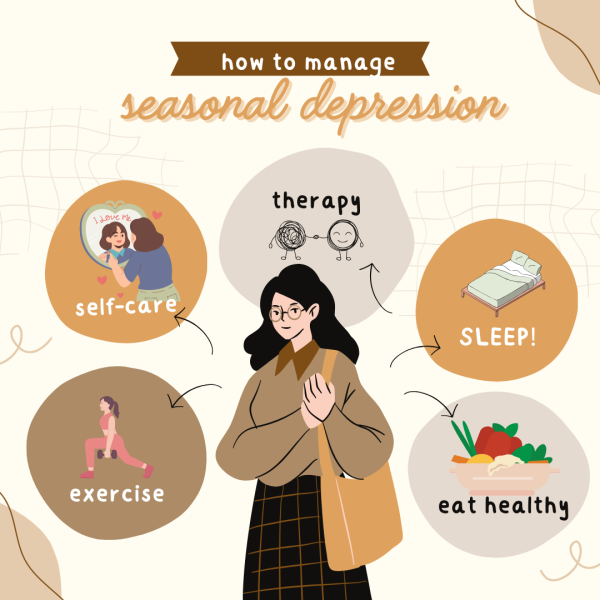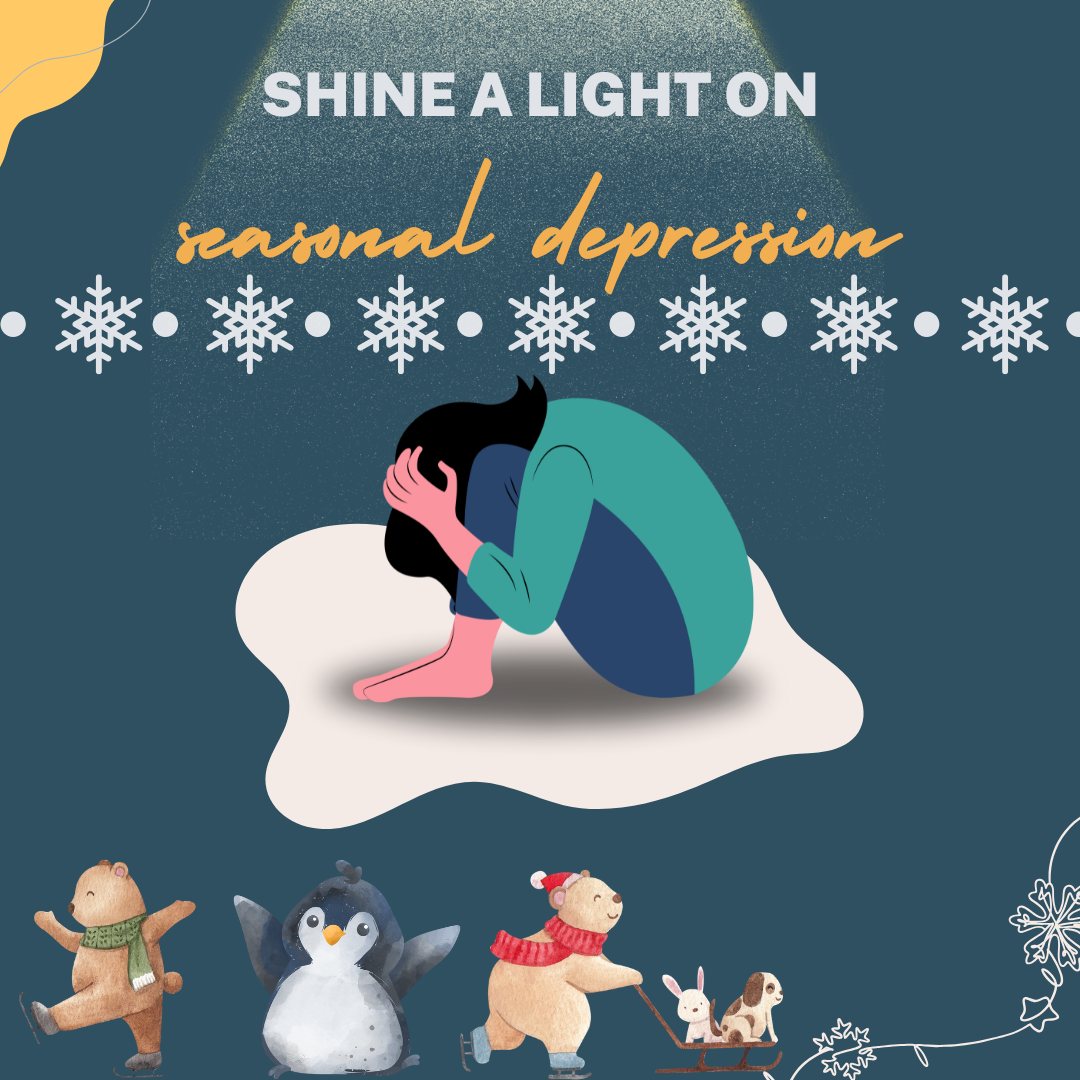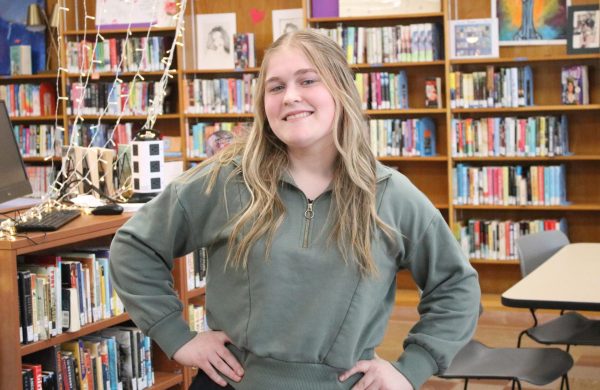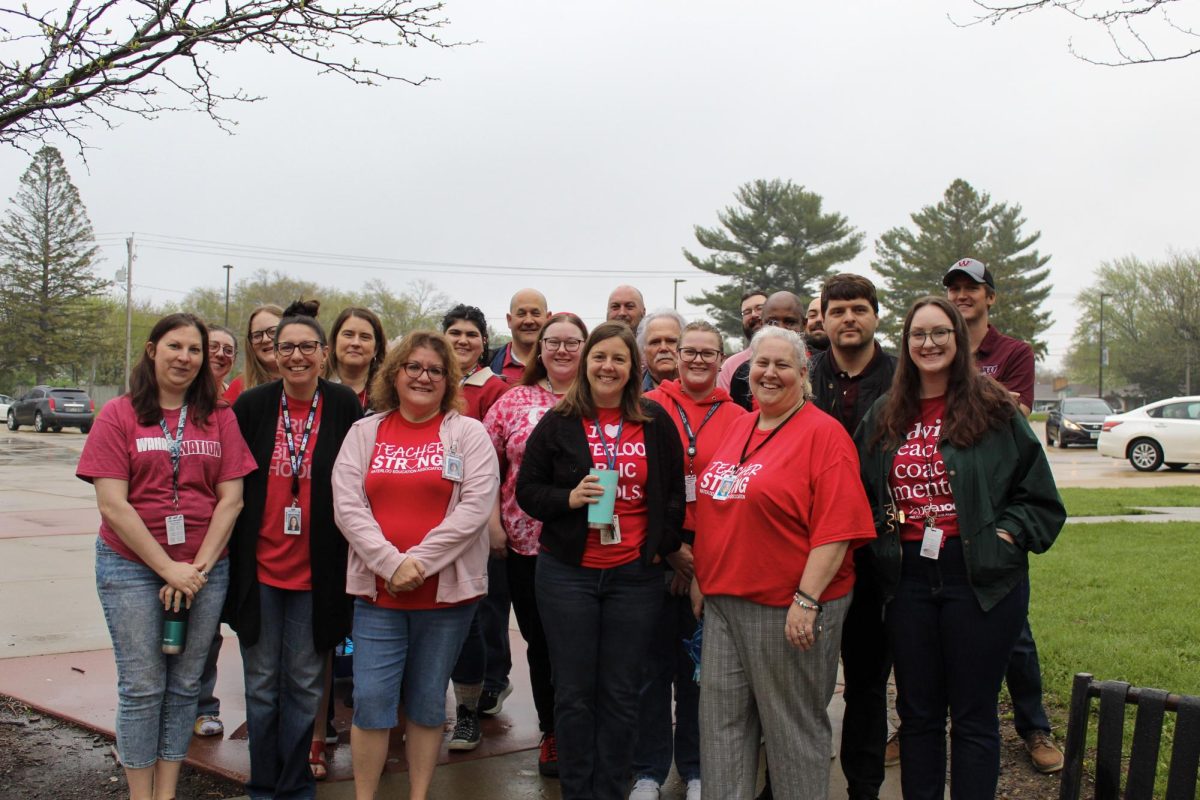Seasonal Affective Disorder also known as seasonal depression is something that about ten million Americans will experience in their lifetime. This can last up to six out of twelve months of the year. While this is a real issue that many face we need ways to spread awareness and look out for our loved ones who may experience the symptoms and effects of Seasonal Affective Disorder (SAD).
While there is not a very clear cause of SAD there are lots of speculation about why it occurs. Many doctors and scientists believe that since there is less sunlight which links to certain chemical changes in our brains it can make us feel this way.
The imbalance is between two chemicals, one called serotonin which is the chemical that helps us feel joy and experience happy emotions. The other is called norepinephrine which is the chemical in our brain that is responsible for keeping us alert and attentive. When these two chemicals are imbalanced and there is too much norepinephrine and not enough serotonin we experience what is known as depression.
We do not have access to this serotonin in our bodies because of the lack of sun which produces a vitamin called vitamin D. Vitamin D boosts the amount of serotonin in our bodies which makes us naturally happier in the summertime as opposed to winter. Vitamin D can also be in our foods and drinks. By making simple changes to our diet and lifestyle we can raise our vitamin D intake. Some foods that are high in vitamin D are oranges, yogurt, milk, broccoli, mushrooms, and fish. These are all foods that we do not reach for in the wintertime specifically.
Another reason that SAD affects Americans so much during the winter time is due to the altered levels of melatonin production in our bodies. Melatonin is a chemical in our bodies that reacts to darkness, so naturally since it is darker in the winter time our bodies become more tired and fatigued due to higher melatonin production levels. So even if you get a quality ten hours of sleep the night before you may still feel tired since there is so much melatonin being produced.
Other factors that can play into SAD are family history, major depression or bipolar disorder, and living far away from the equator.
What about summer?
Winter depression is more commonly talked about than summer depression but both of them are very real issues that tons of people across the world face. Summer can be tough for people for lots of reasons.
One reason is the inconsistency in schedules, as high school students we are out of school and every day may not look the same for us. Having a reliable routine that gives you consistency and balance can help. These routines create a sense of balance, and structure which can help our brains thrive. When these are disrupted it can lead to stress, overwhelm, and anxiety.
One huge reason that is impactful for lots of teens as well is body image. In the summer there is constant pressure to look your best at all times and conform to whatever type of body is trendy at that moment. Those who are self-conscious in shorts or a bathing suit are constantly worried about how their legs look or how their body fits in a certain t-shirt. Always thinking about how you look can make you awkward and uncomfortable which can also lead to anxiety and stress.
The heat, especially humidity. In Iowa summer can get really hot and the humidity can be really sticky and hot and just make you feel disgusting overall. To be completely honest only a few people actually love sitting in the blistering heat for hours. This can cause us to coop ourselves up indoors and watch Netflix for hours on end. Since we are all already irritated by the heat and feel uncomfortable, hours upon hours of screen time does not help.
To those struggling with SAD, remember that everything passes eventually. This season of your life will pass and soon you will look back on this chapter of your life and giggle or cringe. Everybody’s journey is different and you may be behind others and that is okay.
How can I fix this?

While there is really no quick fix for SAD there are tons of things you can do to help minimize the effects and take care of yourself. Simple nights dedicated to self-care or prioritizing yourself can be beneficial.
Talking to someone can help you with so many different things, this could be a professional like a therapist or someone close to you, like your best friend. Maybe even journaling could be helpful. Getting these thoughts off your chest and out into the world can be helpful and getting a second opinion can clear up your perspective.
Remember to sleep. We are all so busy at any given moment in the year. As a society, we have been trained to respect the hustle and always keep ourselves busy. Take a moment to slow down and rest. Setting intentions of taking naps when needed and getting a good eight to ten hours of sleep are both very beneficial and can help with so much more than SAD.
Another thing that is impacted by our busy schedules is our diet. We may be too busy and forget to eat, or we are too stressed out that our body blocks the hunger signals so we do not feel hungry until late afternoon or early evening. When we do not eat, our bodies do not have enough fuel in order to function so we feel tired and sluggish.
SAD is a very real disorder that many Americans suffer from. By listening to our bodies and checking in on our loved ones during those struggle months we can support and encourage others.









